
Walking into a museum is like stepping into a conversation between the past and the present—a space where stories unfold not just through artifacts, but through the way they’re presented. At Downtown FabWorks, we understand that museum exhibit fabrication isn’t only about aesthetics or storytelling (though that’s certainly a big part of the magic); it's also about care. And in our line of work, this starts with the deceptively simple act of choosing the right materials.
Behind the glass: invisible risks to valuable artifacts
It’s easy to assume that if something looks protective—for instance, a glass case that completely covers an object—it is. But the truth is that some of the most significant risks to an archival or museum collection aren’t visible at all.
Many common exhibit fabrication materials, like certain plywoods, adhesives, fabrics, or paints, release chemicals over time. This process, known as off-gassing, can fill enclosed exhibit cases with harmful pollutants. This can in turn quietly (and often irreversibly) damage the very objects those cases are meant to protect.
And it’s not only artifacts at risk. Those same materials can affect the health of museum professionals who work closely with the exhibits, as well as visitors engaging with them up close.

What standards & resources guide our choices?
Museums don’t just guess when it comes to preservation. A wide body of research, standards, and professional guidelines—developed by conservators, scientists, and material specialists—guides how we build with long-term collection safety in mind.
As custom experiential fabricators with deep experience in museum exhibit fabrication, we prioritize the most trusted tools and references available, including:
- Oddy Testing: A widely accepted conservation standard used to evaluate whether materials are safe for use in enclosed exhibit cases. It’s a cornerstone of material selection when working with sensitive collections, and something we often work with clients on, whether it means sourcing materials that have been tested and approved by other agencies, or having new materials tested to ensure safety.
- Conservation Wiki: A peer-curated resource maintained by the American Institute for Conservation, offering current methodologies and guidance on materials and exhibit design.
- CAMEO (Conservation and Art Materials Encyclopedia Online): This amazing site began as a materials database for the Museum of Fine Arts Boston, and has grown over the years into a comprehensive reference collection of materials, chemicals, and products frequently consulted by conservation professionals.
- COOL (Conservation OnLine): A digital library of preservation information, including case studies and publications for collections care specialists.
- PACCIN (Preparation, Art Handling, Collections Care Information Network): This online forum is a great practical resource for exhibit installers, registrars, and preparators focused on mindful exhibition practices, with tons of great resources and the opportunity to connect with other professionals around the world.
- CCHA Preservation Glossary: This helpful tool by the Conservation Center for Art & Historic Artifacts is a great resource for understanding technical terminology used across conservation and collections care.
While Oddy testing provides a formalized benchmark, the rest of these tools help us navigate the ever-evolving best practices of modern exhibit fabrication. They allow us to make informed, collaborative choices that respect both the past and the people who care for it.
Because at the end of the day, every material we use plays a direct role in supporting—or compromising—the long-term health of your collection.

Thoughtful materials, lasting impact
So how do we put this into action? We choose water-based, low-VOC (volatile organic compound) paints, museum-grade adhesives, archival-safe liners, and inert plastics and metals. We turn to wood and laminate products that meet rigorous off-gassing standards. And we build our cases in a way that enhances both safety and visual cohesion.
If there’s ever doubt, we rely on testing and work with our clients to opt for the safest choices available. Because when you’re working with objects that hold cultural, historical, or emotional value, “good enough” just isn’t good enough.
Let’s be clear—choosing conservation-safe materials doesn’t mean compromising on beauty or engagement. On the contrary, the right choices in materials allow the story of the object to shine even more. Safe materials support the longevity of your mission while making room for thoughtful storytelling, modern interaction, and timeless design.

Our philosophy: protect, present, preserve
Every piece we fabricate speaks to the larger mission of the institution behind it to protect what matters, present it with meaning, and preserve it for generations. We show up to every museum project with that in mind. Whether we’re partnering with a national museum or a small but mighty local institution, our care, curiosity, and craftsmanship stay the same. We take pride in holding high quality standards that ensure our exhibit work not only meets aesthetic and functional goals, but also honors the long-term safety, integrity, and storytelling power of the collection it holds.

_____________________________________________________
Let’s keep the conversation going. Working on a new exhibition? Navigating materials for your next display? Have questions about the ins and outs of museum exhibit fabrication? We’d love to connect. Reach out any time—we’re always honored to be part of preserving what matters.





































